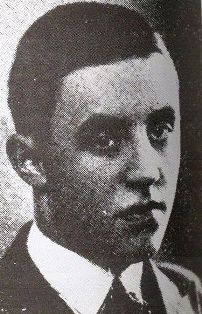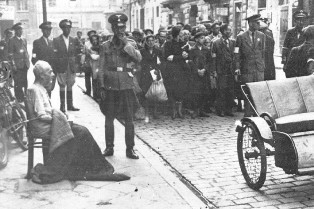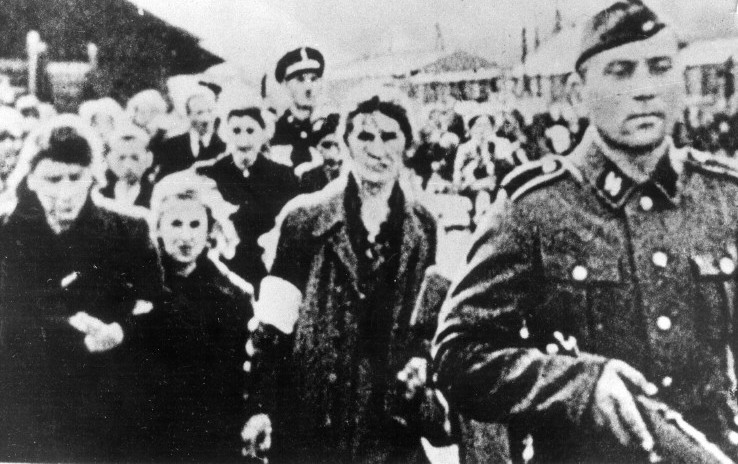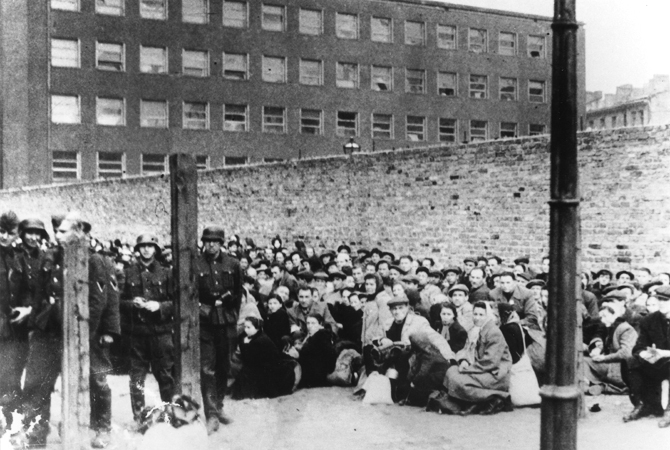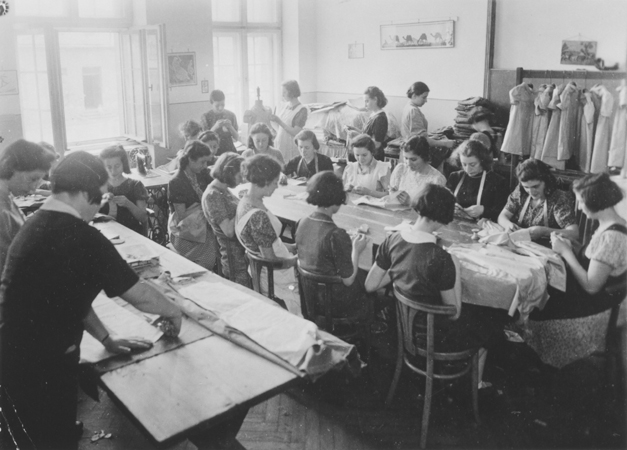Holocaust Education & Archive Research Team |
Revolt & Resistance
Acts of Resistance
Jewish Resistance
Groups Jewish Resistors Allied Reports Anti-Nazi Resistance Nazi collaborators
| |||
Nachum Remba
Nachum Remba was born in Kolna, Poland in 1910, into a prominent Zionist family, Remba spent most of his adult life as a communal worker. Prior to the Nazi invasion of Poland in September 1939, Remba was the secretary of the education department of the Warsaw Kehililla, the official administrative body of the Warsaw Jewish community. Although himself an employee of the Warsaw Judenrat, he did not hesitate to join a committee to combat corrupt Judenrat practices and he secretly organised some of the Judenrat employees into an association of which he was chairman.
During the initial phase of the mass deportation of the Jews of Warsaw Nachum Remba established a “First Aid Station,” right next to the Umschlagplatz, which was the collecting area for the Jewish people of Warsaw, before deportation to the Treblinka death camp.
The fake “hospital” was staffed with trustworthy doctors and nurses, Remba donned a long white doctors coat and entered the Umschlagplatz as head of the “hospital.”
He then pointed out to the German officers Jews he claimed were too ill to make the journey east, and demanded that he be permitted to take them into the “hospital.”
The Germans at first acceded to his requests, began to refer to him as Haupt-Artzt Remba.
Jonas Turkow, the well-known Jewish actor whom Remba had rescued in this manner, described what the Umschlagplatz looked like during the height of the deportation Aktion:
“Huge throngs of people are being pushed toward the barbed wires that divide the place in two. On the ground lie wounded men, women and children, valises, all kinds of possessions, bedding, prayer shawls, phylacteries, food packages and single shoes lost by some who were caught in the round-up.
Police officers are running back and forth with orders from the little “Napoleon” (chief of the ghetto police – Lejkin), and the convert Schmerling, who is “Platz – Kommandant.”
On the roof are machine guns manned by SS-men and gendarmes, bullets swish by your nose. Near me a woman falls, wounded, no one pays any attention to her.
And in the midst of this nightmarish scene, Remba dressed in his doctor’s coat, went from one place to the next, from one German to the other, rescuing Jews, pulling them o ut of the Umschlagplatz and sending them back into the ghetto.
Always calm, always smiling good-naturedly – he would appear where no one dared set foot, where one could get shot for merely standing there. Fearlessly and with dignity he faced the German henchmen on the Umschlagplatz and demanded that they free this very sick one who is unable to make the “difficult journey east.”
In the “hospital” the rescued were ordered to lie on the beds. Some were “bandaged.” As soon as the path was clear, they were taken by “ambulance” back to the ghetto.
The nurses wore especially wide coats under which they were able to hide the rescued children. Frequently, it was necessary to chloroform the little ones and put them to sleep to make their rescue possible.
Stanislaw Adler remembered Nachum Remba in his memoirs:
“Horenstein was replaced by Remba. Tall and robust, he was brown-haired and of a gay disposition, but an idler – no one knew what he was doing. One could meet him in all the offices, gossiping and joking – and here again that vexing pronunciation.
I understood Remba’s real value as a man and a colleague in the hours of the supreme test when, after 22 July 1942, he took up assignments in a hospital ambulance at the entrance to the Umschlagplatz.
His composure and endurance, his great kindness and thoughtfulness, and above all his crystalline honesty and selfless devotion began to shine in all their grandeur. “ Remba was betrayed and the Germans ended the “hospital” rescue mission, but many owed their lives to his bravery. "
Remba was present at the march of the Warsaw orphans to the Umschlagplatz led by Janusz Korczak. He was one of the last to speak with Korczak prior to the the final deportation, proposing that they go to the Judenrat to seek a postponement. Korczak refused, because he did not want to leave the children alone even for a moment.
Remba burst into tears as he watched the children silently board the trains headed for Treblinka.
In the spring of 1943 Remba was again back on familiar territory at the Umschlagplatz, this time not as a “doctor” but as a deportee. The Germans caught him during the Warsaw ghetto uprising in April / May 1943.
He was deported to Majdanek concentration camp where he worked to ease the suffering of the children interned there. Remba was eventually murdered in the Aktion Erntefest massacres on 3 November 1943.
Sources:
They Fought Back by Yuri Suhl published by Schocken Books New York 1975 In the Warsaw Ghetto – The Memoirs of Stanislaw Adler published by Yad Vashem, Jerusalem 1982. Majdanek by Josef Marszalek, published by Interpress 1986 E. Ringelblum, Kronika getta warszawskiego (Warsaw: Czytelnik, 1983), pp. 606-607.
Copyright: Chris Webb H.E.A.R.T 2008
|
